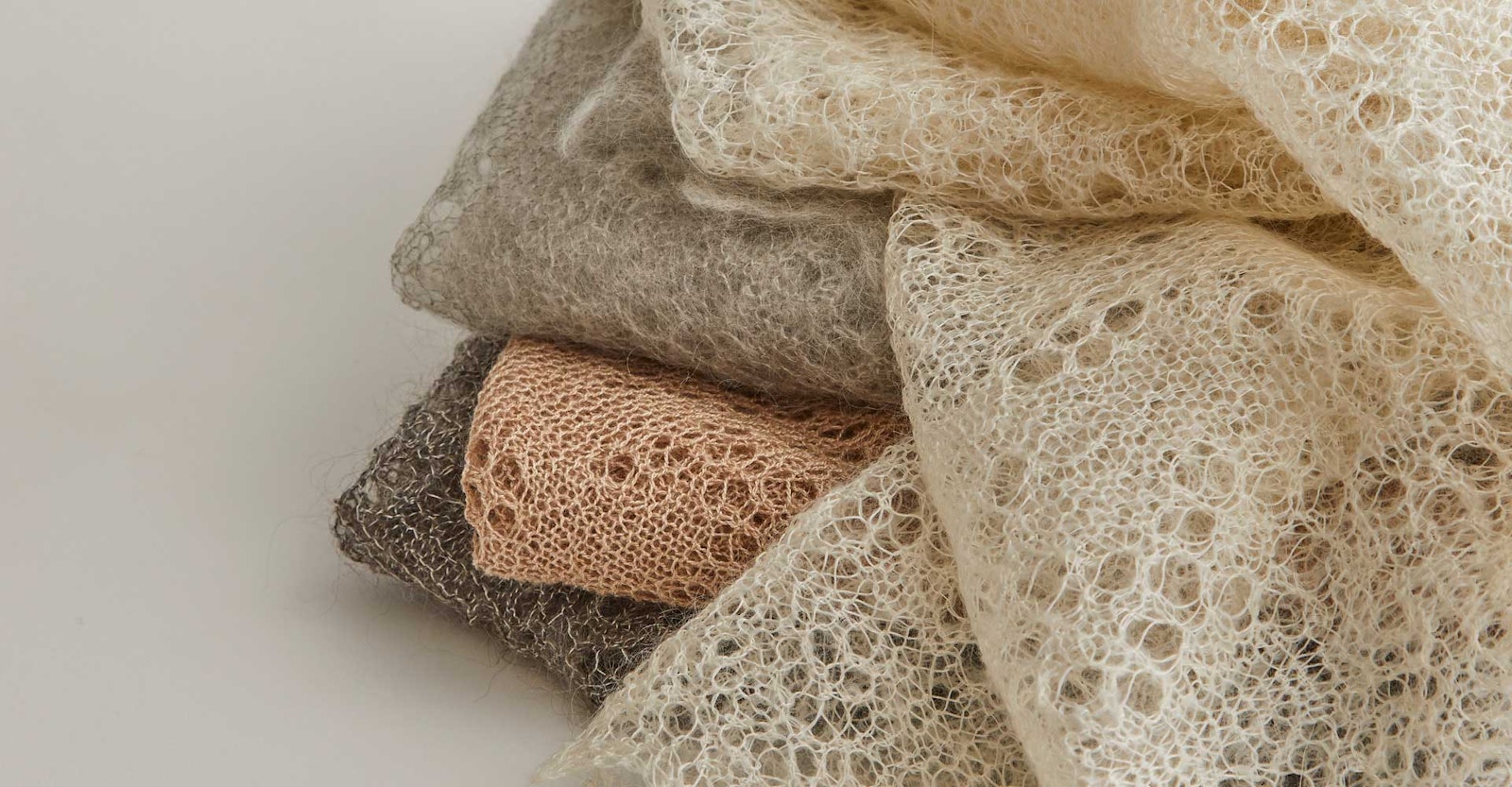Roll, Don’t Fold
The biggest mistake made with many antique textiles—especially those brought out infrequently, such as table linens—is folding them before storage. Any time you fold a piece of cloth, you’re creating weakness at the folds and especially at the corners where folds meet. Anyone who frequents antiques stores and estate sales is familiar with this damage: cloth with ingrained folds. Sometimes, these folds weaken the cloth to the point where simply unfolding it can cause rips and tears.
Prevent damage by storing small textiles flat and gently rolling large pieces of fabric for storage. Try to fold them as little as possible and pad them at the folds.
There are some notable exceptions to this rule. Tapestries and rugs should always be rolled, never folded, and painted textiles should not be folded or rolled since that can cause the paint to flake. Garments are ideally stored flat. If they must be folded, pad areas that might easily wrinkle (sleeves, for example) and fold along seamlines. If garments must be hung, use a well-padded hanger and give the garments plenty of room in the closet so they don’t get squished. Any wrinkle can potentially become a weak point.
Materials Matter
General-use cardboard can cause significant damage to fabric because it off-gasses and is highly acidic. In a perfect world, everyone would use archival boxes to store delicate textiles, but these boxes can get expensive. I use plastic tubs with lids for most of my heirloom textiles, taking care to air them regularly and to always have a buffer material between my textiles and the plastic itself. For rugs or tapestries, I keep them covered in undyed, 100 percent cotton fabric.
A helpful archival material to invest in is acid-free, archival tissue paper, which is available as “buffered” and “unbuffered.” Buffered tissue paper has special additives to help counteract any acids that might be released from the fabric. This type of tissue is best for plant-based fibers. Unbuffered tissue paper hasn’t been treated in this way and is best for protein-based fabrics. If a fabric is a mix of plant and protein, or if you’re uncertain about the fibers or dyes used, always choose unbuffered.
This tissue paper can be used when rolling textiles: layer the flat textile with acid free tissue and then roll it so the fabric does not touch itself. I recommend replacing the tissue paper after a period of time because it can lose its acid-free properties. If you’re ordering from a business that specializes in archival goods, they should be able to advise you.
Another, less costly option is to use undyed, 100 percent cotton fabric to pad or wrap textiles in storage boxes, or to wrap rolled fabrics too large for storage containers.
Stay tuned for Part 2 of Christina's tips for safely storing your treasured textiles. -Editor

